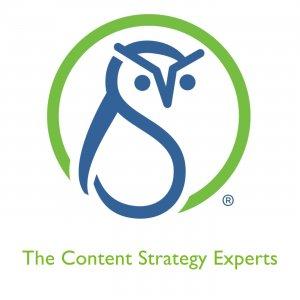The Content Strategy Experts - Scriptorium

Getting started with DITA (podcast, part 1)
In episode 71 of The Content Strategy Experts Podcast, Gretyl Kinsey and Barbara Green of ACS Technologies talk about getting started with DITA.
“We ran the conversion and got the content in DITA. It wasn’t structured the way it would be if you had started writing in DITA from the beginning. If I ever had another project, I would know to really take that into consideration.”
—Barbara Green
Related links:
* Managing DITA projects: Five keys to success
Twitter handles:
* @gretylkinsey
Transcript:
Gretyl Kinsey: Welcome to The Content Strategy Experts Podcast brought to you by Scriptorium. Since 1997 Scriptorium has helped companies manage, structure, organize, and distribute content in an efficient way. In this episode, we talk about getting started with DITA and taking the next steps forward with special guest Barbara Green of ACS Technologies. This is part one of a two-part podcast.
GK: Hello and welcome to the podcast. I’m Gretyl Kinsey.
Barbara Green: And I’m Barbara Green.
GK: And today we’re going to talk about a case study with the project that Scriptorium did with ACS Technologies, started a few years ago and it’s still ongoing, about getting the company started with DITA. So first thing that I want to ask you, Barbara, is to just give us a brief overview of the company. Tell us what ACS Technologies does.
BG: Okay, well, ACS Technologies has been in the business for about 40 years. We develop software solutions primarily for faith based organizations, and our corporate offices are in Florence, South Carolina, but we have distributed teams throughout the country and offices in Greenville and Phoenix as well.
GK: All right, perfect. And when it came to moving into DITA, what were some of the reasons that you wanted to start looking into changing the way that you were developing content? What were the business drivers behind this decision?
BG: Well, we were developing our flagship product at the time, which is called Realm, and it began to grow more complex even though we were still in the early phases. It wasn’t developed as a core product with modules that plugged in depending on the features our customers wanted, but instead features were turned off and on based on packages or experiences that customers required.
BG: And so I guess about three, three and a half years ago, I realized we can’t keep documenting the way we’re doing. In the early stages of that development, writers could add notes here and there to help customers find their paths. But we knew this was not the user experience that we wanted to create and we also knew that the product offering was growing more complex and personalization was on the horizon. We also spent many hours formatting content.
BG: So, right away we had four problems that were identified. We needed to target custom content, we needed to integrate content within the product, we needed better findability for sure. Search was a struggle. We had multiple output types and while we had tried very hard to move just to online, many of our customers still requested PDFs. We also were seeing content reused across various departments more and more and we really could not prove our value because we lacked a cohesive set of content metrics.
GK: Yeah, and I remember when Scriptorium went in and helped assess all of these issues, those were the root cause of all of those were kind of coming from the fact that all of the content was being offered in a Wiki. So, all of the Realm help content was stuck in this silo that made it really difficult to achieve all of those things, especially things like search and reuse and personali...






 Visit Podcast Website
Visit Podcast Website RSS Podcast Feed
RSS Podcast Feed Subscribe
Subscribe
 Add to MyCast
Add to MyCast